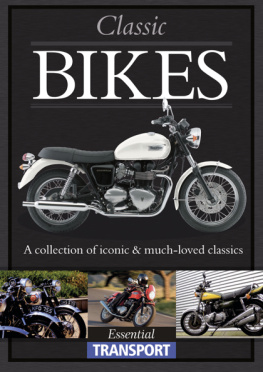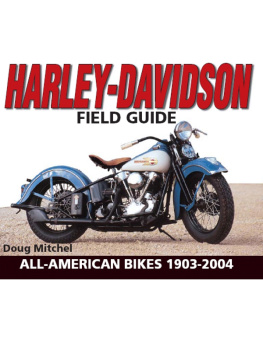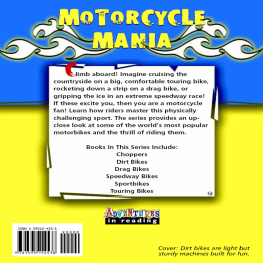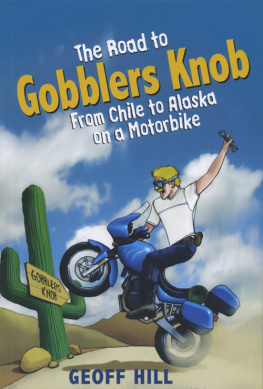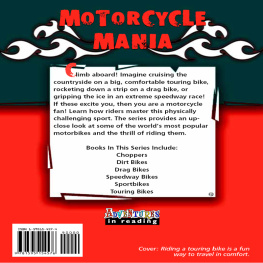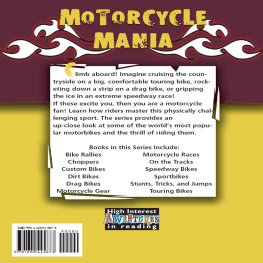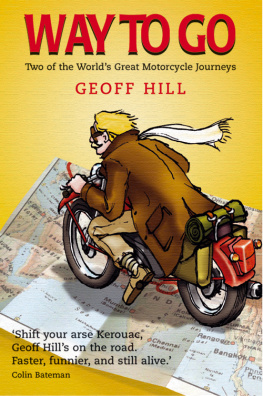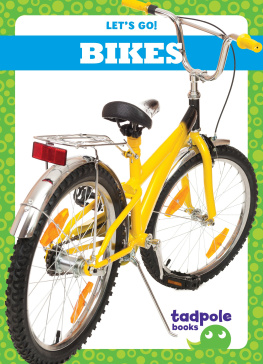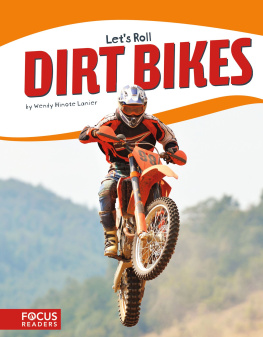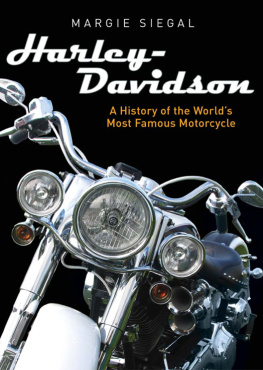Ariel Square Four
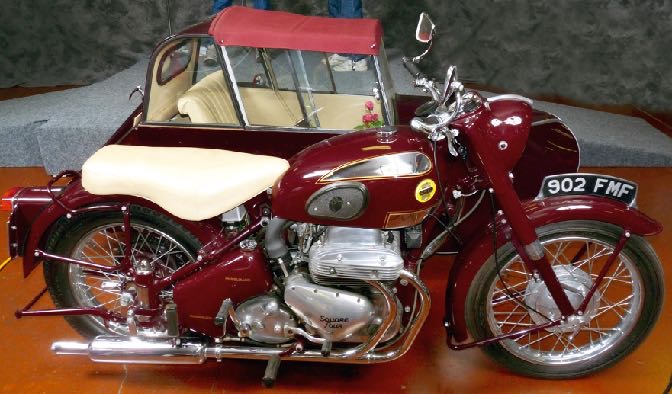
The Ariel Square Four was produced for 25 years in a range of 500cc to 1000cc models. The Square Four had been designed by Edward Turner who drew his original idea for the motorcycle on the back of a cigarette packet. After taking it to several manufacturers, Ariel was willing to develop Turners design and put it into production. Turner was hoping to install a four-cylinder engine that was small enough for use in a solo motorcycle, but could produce enough power for really high performance.
When introduced in 1931, the Square Four 500cc model was remarkably compact. The original OHC engine was often seen as being close to two parallel twins, sharing an often used crankcase. The overhead cam gear was chain driven and early versions of the Square Four used a hand-change, four-speed Burman gearbox.
The Square Four grew to 600cc in 1932, giving the motorcycle more power this increase was intended to be used for a sidecar tug. This Square Four version produced a very smooth ride but the engine proved difficult to tune when looking to improve its performance.
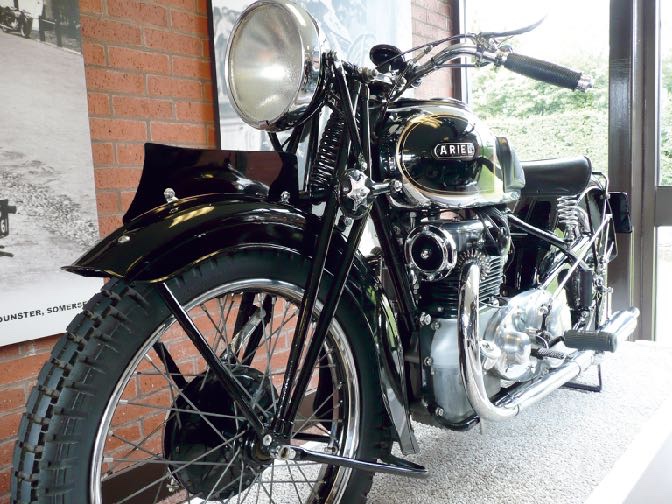
By the late 30s the 997cc Square Four was introduced with an all-iron OHV pushrod engine along with a similar specced 600cc version. Girder forks were used in the front end, with the rear utilising Frank Anstey sprung rear suspension.

After World War II, the Square Four was fitted with an alloy engine, saving around 30lbs in weight. In 1949 the Square Four had a dry weight of around 435lbs and produced 35bhp at 5500rpm. In 1953 the most renowned four-piper Mk2 Square Four, still with Anstey link rear suspension was introduced. Although Ariel began building prototypes of a Mk3 version in 1954, the model was never put into production. The Mk2 was the last Square Four version to be produced before finally being discontinued in 1959. At this time a new Square Four would have cost 335, but today, collectors and enthusiasts will offer anything up to 4,500 for an original Square Four model.
The Ariel Square Four was one of the most charismatic British bikes ever built after World War II.
Benelli 750
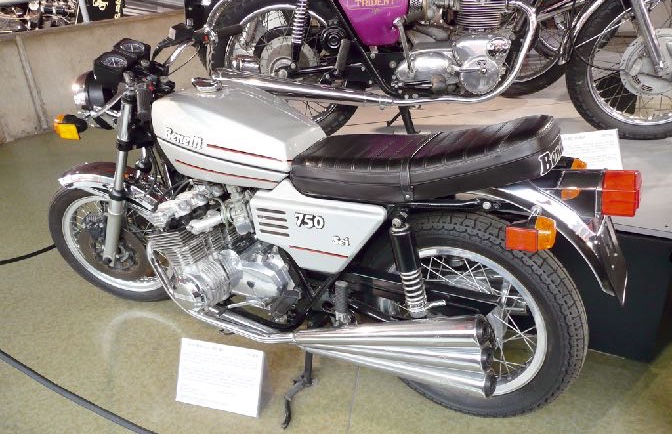
Benelli was established in Pesaro, Italy, in 1911. Originally it was just known as the Benelli Garage, an outfit that repaired cars and motorcycles. By 1920 the company built its first complete engine in-house, a single-cylinder two-stroke 75cc model. A year later, Benelli built its first motorcycle with its very own engine, which had by then become a 98cc model. This was just the beginning of motorcycle construction by the Italian company.
The 750 Sei was the first production six-cylinder motorcycle to be made by Benelli. When Alejandro De Tomaso bought Benelli in 1971 he desperately wanted to create a high-performance luxury sporting motorcycle. The 1970s was the era of the emerging superbike trend, from the Honda 750 and Kawasaki Z1 fours, to the BMW and Ducati twins. As De Tomaso was a fan of the Japanese motorcycle industry, he used the Honda 500 four as a template for his 750 designs.
When the Benelli 750 Sei was launched in 1972 it was essentially a Honda 500 four with two additional cylinders. The Benelli was very similar to the Honda but differed in its use of three DellOrto VHB 24mm carburettors, and to minimise engine width the electric start and alternator were mounted behind the cylinders. The engine only produced 71bhp at 8500rpm, but had an extremely smooth ride. After four years of production, Benelli developed the 750 into a 900cc motorcycle, with six-into-two exhausts.
The 750 aspired to combine Japanese-like horsepower with European handling. It was made with quality chassis components including Brembo brakes, Marzocchi suspension and Borrani light alloy wheels. Even though the engine weighed 219kg, the 750 handled very well. The only problem was that it was expensive and not particularly fast, only reaching speeds of around 120mph.With the 750, De Tomaso tried very hard to overcome many of the problems typically associated with Italian motorcycles of the early 1970s. Not content with unreliable instruments, he fitted the 750 with a proper instrument panel complete with a full set of warning lights. But there was limited appeal for the 750 and being neither truly Italian nor Japanese, the expensive Benelli 750 was taken out of production in 1978.
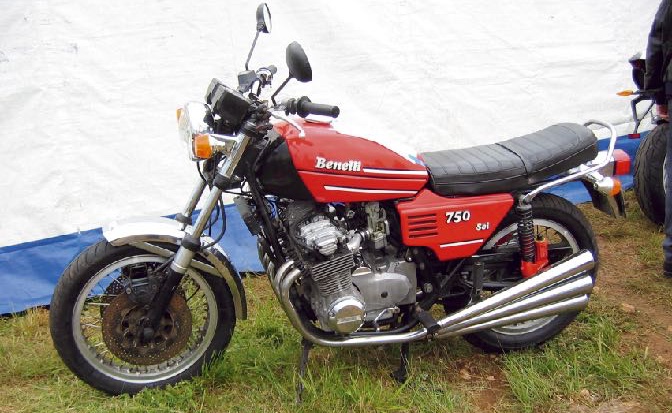
There were six Benelli brothers who began building a wide spectrum of bikes in 1927.

